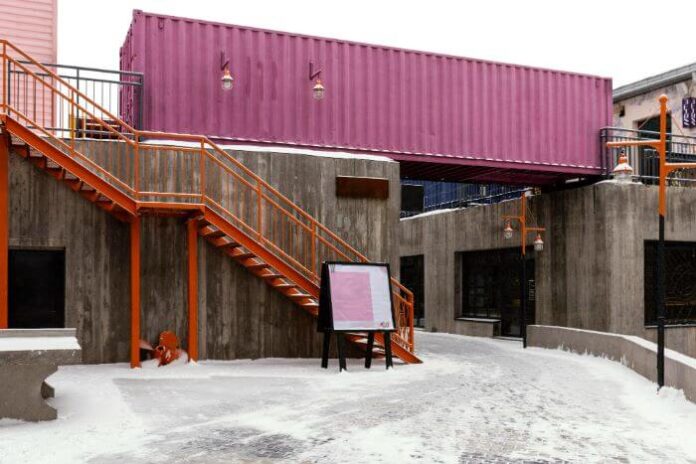With urbanization and commercial needs on the rise, storage containers are becoming a sought-after solution. Renting a container offers flexibility and can be more cost-effective than buying one, especially for short-term needs.
Many companies and homeowners need temporary space to store equipment, materials, and inventory. Instead of spending thousands upfront to buy their shipping container, they choose a storage container rental option that is more affordable.
In this guide, we will provide you with all you need to know about the process of renting and leasing portable shipping containers so you can make an informed decision about which size is suitable for your needs.
Tips for Choosing the Right Storage Container for Rent
1. Understand the different types of containers that are
The first thing you will need to know when looking to rent a container is to know the different types of these containers that are available. That will help you figure out which one you need exactly. Below are some types you can find in the market.
- General-purpose containers: Best for household items or general storage needs.
- Refrigerated containers: Ideal for perishables or temperature-sensitive goods.
- Open-top containers: Good for machinery or tall items.
- High cube containers: Extra height allows for more space.
- Flat rack containers: Perfect for wide or heavy items.
- Side open containers: Provides easy access.
- Specialized containers: Think of hazardous materials or other unique needs.
2. Determining Your Needs
Once you know which types of containers are available in the market, the next thing is to assess your storage demands. Storage containers for rent in NY come in different sizes. So it’s left to you to figure out what you need. Do you need a 10-foot container or something bigger like a 40-footer?
How long will you rent? Consider the purpose – personal use or business? Remember to think about placement: an urban backyard may have different constraints than a rural site.
3. Consider Access
Storage containers make renovating a home or business less stressful by making tools and other materials easily accessible. It cannot be easy to haul heavy objects back and forth between a storage facility and your house, but a cargo container allows you to store them on-site, saving you from unnecessary expense and work.
Shipping containers from reputable companies like Giant Lock Box are built to be durable, but they also provide a safe environment for delicate items. You can also add security measures like lock boxes or alarm systems to protect your valuables and keep thieves away.
While you can find shipping containers in many locations, most companies offer them during specific hours of the day. This can be a problem for people who need to access their belongings regularly. Consider renting a container on a foundation, such as railroad ties or concrete, if this concerns you.
4. Customization Options
The beauty of storage containers is that they are not just metal boxes but adaptable spaces. Depending on your needs and the provider, several customization options can make your storage experience efficient and user-friendly.
- Shelving and Interior Organization: Depending on what you’re storing, built-in shelving can be invaluable. It ensures that items are easily accessible, well-organized, and not piled on top of each other. For businesses storing tools, equipment, or inventory, compartments, and specialized racks can be built.
- Painting and Branding: If your storage container is on a commercial site or in a location where branding matters, many rental companies offer the option to paint or add logos. This can enhance visibility, professionalism, and promote brand recognition.
- Insulation and Temperature Control: Not everything you store will be indifferent to temperature changes. If you’re storing art, certain goods, or even using the container as a workspace, proper insulation might be crucial. Some containers can be fitted with HVAC systems for cooling or heating as needed.
- Modified Entry Points: While most containers come with a standard door, there are options to have roll-up doors, sliding doors, or even additional doors on the sides. This can significantly enhance accessibility, especially in tight spaces.
- Windows and Ventilation: Should your container serve a purpose beyond storage – say, a temporary office or workspace – having windows for natural light or added ventilation systems can make the environment more pleasant and breathable.
5. Contractual Considerations
When renting a storage container, it’s not just about the physical box. The rental agreement governs your relationship with the provider, and being diligent about understanding the terms can save you from potential pitfalls.
Check the duration and terms of the agreement. While some agreements are very flexible, others might lock you in for a specific period. Know the terms and, more importantly, what happens if you need the container longer or shorter than initially anticipated.
How easy is it to extend your rental? And are there any damage and repair responsibilities that come with the agreement? All these are what you should know before going with any rental company.
Final Note
Renting a storage container can be a great solution for various needs. However, it’s essential to consider your requirements, budget, and all the facets highlighted in this guide to make the best choice.







